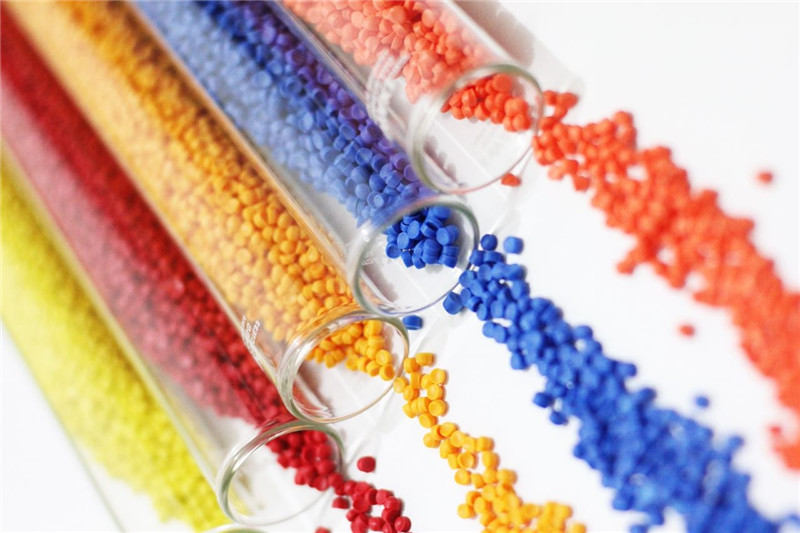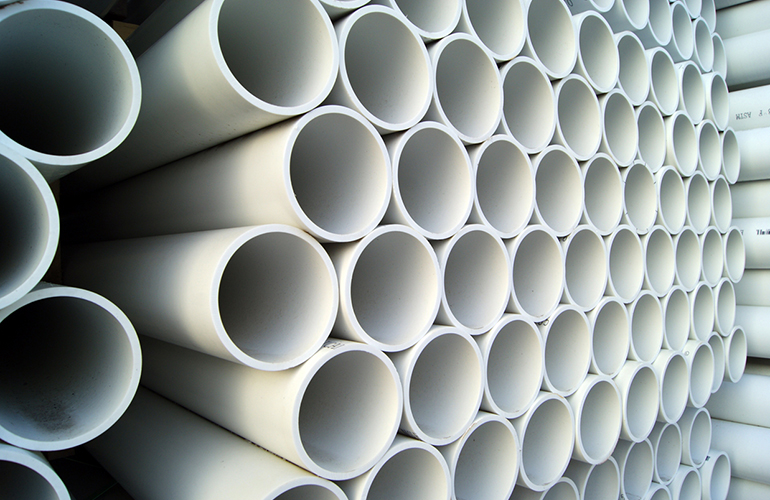
The very first time PVC was discovered was by accident in 1872 by the by the German chemist, Eugen Baumann. It was synthesized as a flask of vinyl chloride was left exposed to sunlight where it polymerized.
In the late 1800s a group of German entrepreneurs decided to invest and manufacture big amounts of Acetylene, used as fuel in lamps. In parallel electrical solutions became increasingly efficient and soon overtook the market. With this Acetylene was available in abundance and low in cost.
In 1912 a German chemist, Fritz Klatte, experimented with the substance and reacted it with hydrochloric acid (HCl). This reaction will produce vinyl chloride and not having a clear purpose he left it on a shelf. The vinyl chloride polymerized over time, Klatte had the company he was working for, Greisheim Electron, to patent it. They did not find any use for it and the patent expired in 1925.
Independently another chemist in America, Waldo Semon working at B.F. Goodrich, was discovering PVC. He saw that it could be a perfect material for shower curtains and they filed a patent. One of the key features was the waterproofing which led to many more use cases and PVC quickly grew in market share.
What is PVC granule and where is it used?
PVC is a raw material that cannot be processed alone compared to other raw materials. PVC granules compounds are based on the combination of the polymer and additives that give the formulation necessary for the end-use.
The convention in recording the additive concentration is based on parts per hundred of the PVC resin (phr). The compound is generated by intimately mixing together the ingredients, which is subsequently converted into the gelled article under the influence of heat (and shear).
PVC compounds can be formulated, using plasticizers, into flexible materials, usually called P-PVC. Soft or flexible PVC types are mostly used in shoe, cable industry, flooring, hose, toy and glove making.

Compounds without plasticizer for rigid applications are designated U-PVC. Rigid PVC is mostly used for pipes, window profiles, wall coverings, etc.
PVC compounds are easy to process via injection moulding, extrusion, blow moulding and deep drawing. INPVC have engineered flexible PVC compounds with very high flowability, ideal for injection moulding, as well as highly viscous grades for extrusion.
Post time: Jun-21-2021










